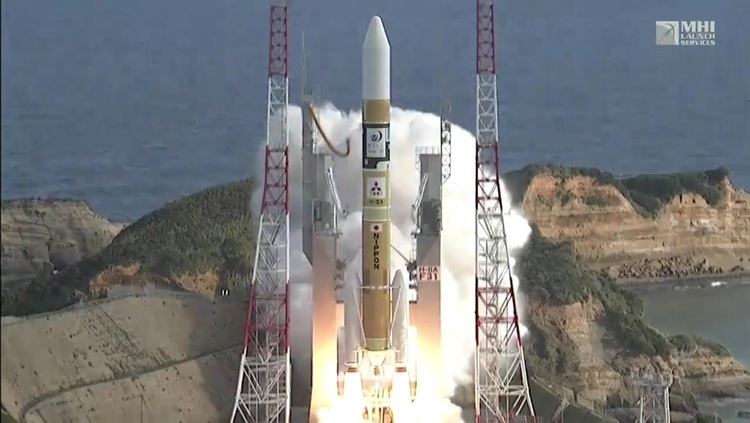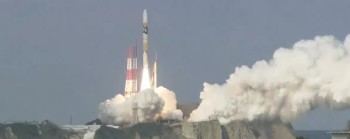Operator JMA Mission duration 8 years (planned) Launch mass 3,500 kg | COSPAR ID 2016-064A Dry mass 1300 kg Launch date 2016 Launch mass 3,500 kg Bus DS2000 | |
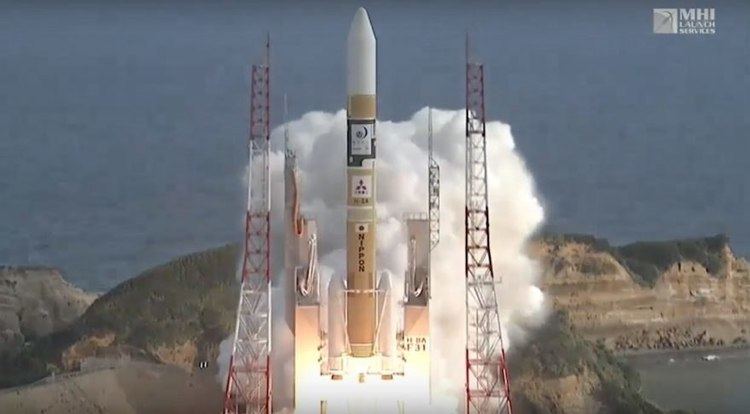 | ||
Power 2.6 kilowatts from solar array Similar WorldView‑4, GOES‑16, JCSAT‑15, Kounotori 6, ETS‑VII | ||
Himawari 9 is a Japanese weather satellite, the 9th of the Himawari geostationary weather satellite operated by the Japan Meteorological Agency. The spacecraft was constructed by Mitsubishi Electric, and is the second of two similar satellites to be based on the DS-2000 bus.
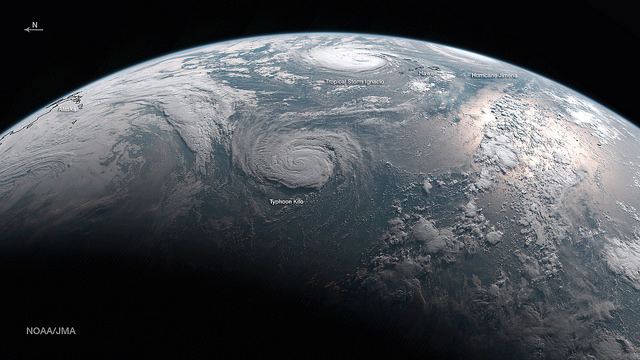
Mission
Himawari 9 was launched on 2 November 2016, 06:20:00 UTC, atop a H-IIA rocket flying from the Yoshinobu Launch Complex Pad 1 at the Tanegashima Space Center, and by 11 November 2016 it reached to the geostationary point at 140.7 degrees East. After initial function test, it will be put on standby until it will succeed the observation from Himawari 8 in 2022.
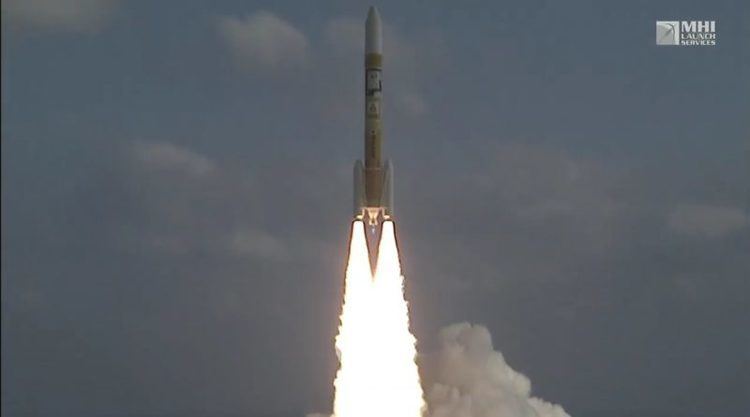
The launch was scheduled initially on 1 November 2016, but postponed for one day due to the bad weather forecast.
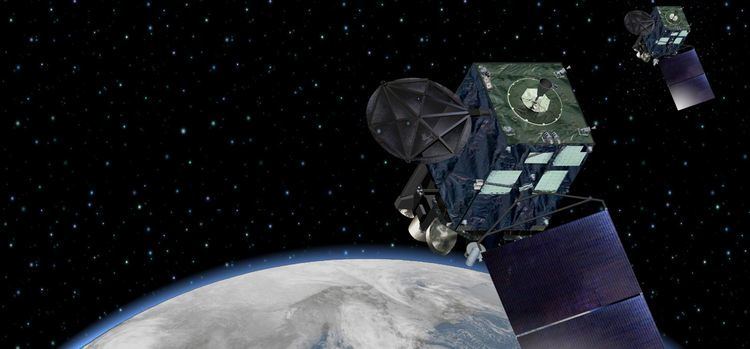
At launch, the mass of the satellite is about 3,500 kilograms (7,700 lb). It has a design life of 15 years with 8 years of operational life. Power is supplied by a single gallium arsenide solar panel, which provides up to 2.6 kilowatts of power. The main instrument aboard Himawari 9 is a 16 channel multispectral imager to capture visible light and infrared images of the Asian-Pacific region.
